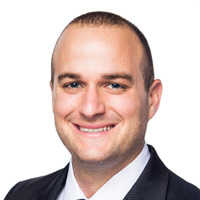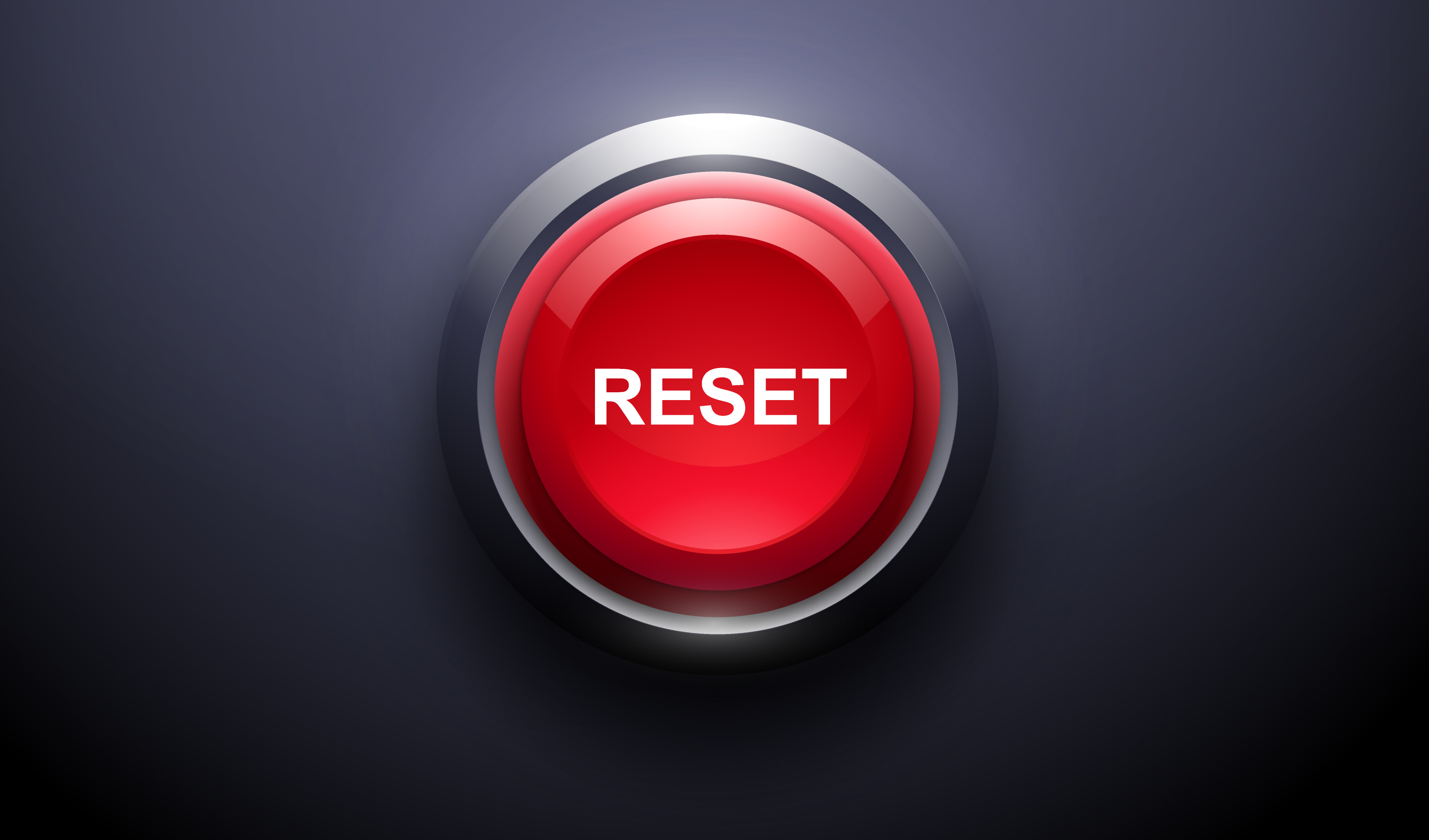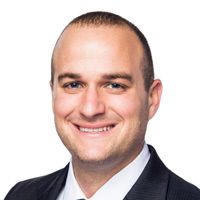Retirement Requires a Shift in Thinking
The risk-reward equation changes when you retire. It's no longer about growing your wealth: It's about protecting what you've got. So get ready to flip your mental switch from accumulation mode to preservation.

For most of your investing life, you’ve probably been encouraged to build a portfolio that balances risk and return — achieving the highest returns possible based on your personal tolerance for risk.
For most people, that means living with a certain amount of volatility in exchange for growing a comfortable nest egg for their retirement years. You can lose money taking on too much risk, of course, but you won't gain much ground being too risk-averse. So, a larger investment in the stock market (60%, 70% or more) would be a must for those looking to help grow their wealth over the long term.
In retirement, though, things are different, and a shift in thinking is required.
From just $107.88 $24.99 for Kiplinger Personal Finance
Be a smarter, better informed investor.

Sign up for Kiplinger’s Free Newsletters
Profit and prosper with the best of expert advice on investing, taxes, retirement, personal finance and more - straight to your e-mail.
Profit and prosper with the best of expert advice - straight to your e-mail.
The goal for most people should change as retirement nears — from growing their nest egg to helping to protect their savings and ensuring the money they’ve accumulated can provide them with enough income to last 20 to 30 years or more.
That means a shift in mindset and a transition in strategies.
The problem is, the financial industry has done such a good job of pushing accumulation at (almost) any cost, it can be tough for some to switch their focus to the next stages of investing: preservation and distribution.
Recently, for example, we put together a retirement plan for a potential client who had saved a hefty chunk of money — more than $3 million. We included an income plan — using a bucketing strategy — that laid out where he would get his money in retirement.
With bucketing, we typically look at three time frames, which could be labeled “now,” “soon” and “later.”
The “now” bucket is designed to cover living expenses and larger emergency expenses in the first years of retirement. The “soon” bucket holds money you may need to access a few years down the road. And both buckets are built to withstand a market downturn early in retirement — a time when “sequence of returns risk” can devastate a portfolio.
In this case, the first bucket, the “now” bucket, was set up with cash equivalents and fixed-income investments. The second, “soon,” bucket included equities (about 50%). The third, “later,” bucket had a higher percentage of equities, designed for long-term growth and legacy planning.
When presented with the potential plan, the client felt that we had put too much into fixed income, especially at the beginning of the plan. The client thought more growth opportunity was needed and wanted to take more risk. So, rather than focusing on how to generate income from the portfolio, the client was still focusing on trying to achieve potential higher rates of return.
We had covered the biggest concerns the client had come to us with: How long the money would last, and where exactly to pull income from. But in the end, the client focused more on maximizing the rate of return.
Those are two different goals.
I can’t blame the investor, who had been trained for 30 years to think about risk and reward, account values and returns.
But I do hope, as an industry, we can help people understand that:
- Cash and fixed-income investments can play a critical role in weathering economic storms and can help protect what individuals have in retirement.
- Each investment has valuable features people can use to their advantage. But needs are different in retirement, and a person’s plan should reflect that.
- Even if they can handle a more aggressive investing strategy, why risk it if they don’t have to?
In retirement, it’s important to think of your savings as income rather than a lump sum. It’s not all about achieving maximum return on investment anymore; it’s about how you can get the maximum return from your portfolio and into your pocket.
Instead of sticking with a collection of random investments or going with a cookie-cutter asset allocation, talk with your adviser about ways to help build a strategic plan for how you’re going to distribute your assets to yourself.
Kim Franke-Folstad contributed to this article.
Fee-based financial planning and investment advisory services are offered by Imber Financial Group LLC, a Registered Investment Advisory Firm, and Capital Asset Advisory Services LLC, an SEC-Registered Investment Adviser (Registration does not imply a certain level of skill or training). Insurance products and services are offered through Imber Wealth Advisors Inc. Imber Financial Group LLC and Imber Wealth Advisors Inc. are affiliated companies. Investing involves risk, including the potential loss of principal.
The appearances in Kiplinger were obtained through a PR program. The columnist received assistance from a public relations firm in preparing this piece for submission to Kiplinger.com. Kiplinger was not compensated in any way.
Profit and prosper with the best of Kiplinger's advice on investing, taxes, retirement, personal finance and much more. Delivered daily. Enter your email in the box and click Sign Me Up.

Jon Imber is the president and owner of Imber Wealth Advisors. A fiduciary adviser, he has passed the Series 65 exam and holds a life insurance license in Michigan. He's a member of the Financial Planning Association and a Registered Financial Consultant (RFC®). He earned his bachelor's degree in marketing and business administration from Northwood University.
-
 Smart Strategies for Paying Your Child an Allowance
Smart Strategies for Paying Your Child an AllowanceBy giving your kids money to spend and save, you’ll help them sharpen their financial skills at an early age.
-
 The Mulligan Rule of Retirement — Seven Mistakes You Can Fix
The Mulligan Rule of Retirement — Seven Mistakes You Can FixUse the Mulligan Rule to undo these seven costly retirement errors. While you can’t go back in time, some retirement choices allow for a “correction shot.”
-
 From Pets to Paintings: The Little Things That Can Cause Big Estate Trouble
From Pets to Paintings: The Little Things That Can Cause Big Estate TroubleSentimental items might have little monetary value, but their disposition can cause hurt feelings. Talking about who wants what and labeling items can help.
-
 The Clock Is Ticking: Take Advantage of These Retirement Tax Benefits While They Last
The Clock Is Ticking: Take Advantage of These Retirement Tax Benefits While They LastRecent tax changes, including an extra $6,000 deduction for those 65 and older, present a golden opportunity for retirees to reduce their tax bills.
-
 I'm a Financial Adviser: This Is Why Unmarried Same-Sex Couples Need an Estate Plan
I'm a Financial Adviser: This Is Why Unmarried Same-Sex Couples Need an Estate PlanWhen illness or death occurs within an unmarried same-sex partnership, family members can step in and push the surviving partner out. An estate plan is vital.
-
 A Financial Planner's Guide to a Stress-Free Adventure Abroad
A Financial Planner's Guide to a Stress-Free Adventure AbroadStart by looking at flight/accommodation costs, have a flexible schedule, seek out credit card rewards, prep for health issues and plan to cook your own food.
-
 I'm a Financial Planner: This Is How Smart Women Can Plan for Financial Freedom Despite Life's Curveballs
I'm a Financial Planner: This Is How Smart Women Can Plan for Financial Freedom Despite Life's CurveballsProactive planning and professional guidance can help to build your confidence and give you clarity when you're navigating major life transitions.
-
 Parents and Caregivers: Don't Miss Your Roth Conversion Window
Parents and Caregivers: Don't Miss Your Roth Conversion WindowCaring for a child or parent can mean a drop in income and a lower tax bracket. Why not take advantage by moving money into a Roth account? Here's how it works.
-
 Testing the Retirement Waters in Florida? A Partial Plunge May Negate Tax Breaks
Testing the Retirement Waters in Florida? A Partial Plunge May Negate Tax BreaksMost folks know Florida is a tax-friendly state, but they might not know that part-time residents may not qualify, as our cautionary tale shows.
-
 Catch-Up Contributions for Higher Earners in 457(b) Plans: What You Need to Know
Catch-Up Contributions for Higher Earners in 457(b) Plans: What You Need to KnowGovernment 457(b) plans are about to get more complex as new Roth catch-up requirements come into force. Here's how to prepare for the changes.
